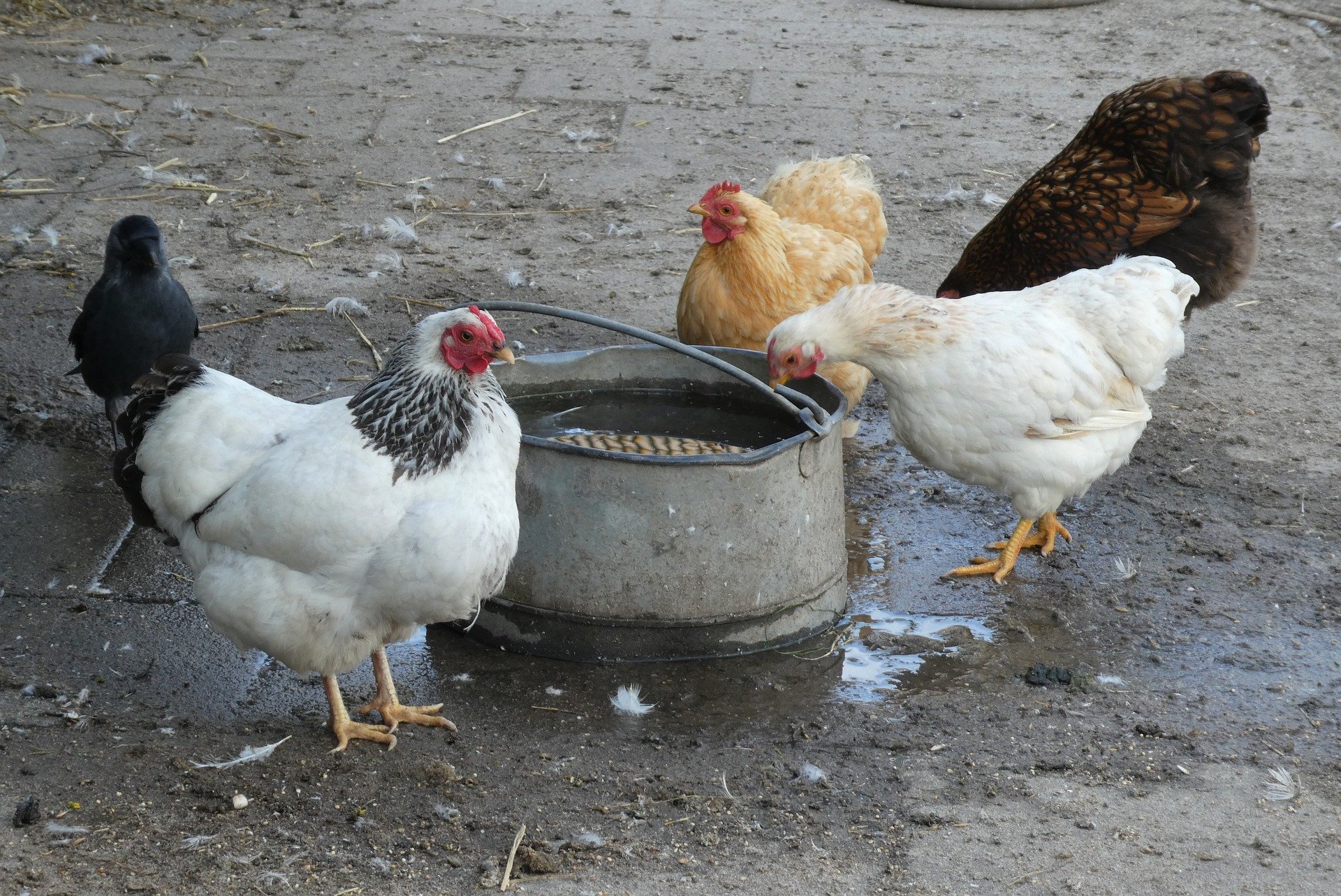Ensuring Livestock Health and Productivity: The Importance of Testing Your Water
As a farmer, you know that the well-being and productivity of your livestock are crucial to the success of your farm. You ensure you are providing your animals with quality feed, shelter, and care. However, one aspect that you may have forgotten about is the quality of water that your livestock consume. Testing water for livestock is an essential, but often gets overlooked. So today let’s delve into the critical reasons why testing water for your livestock is so important.
First and foremost, your animals' health is a top priority. Clean and safe drinking water is essential for livestock hydration, and poor water quality can lead to a plethora of health issues. Contaminated water can cause digestive problems, lower feed intake, and increase the risk of waterborne diseases. Bacteria, viruses, and parasites can thrive in contaminated water, which then can cause infections in your livestock.
Another important area to focus on is the nutrient levels. The mineral content of water can significantly affect your animals' overall nutrition. Certain minerals like calcium, magnesium and phosphorus are essential for bone and muscle development, so if your water does not contain enough of those minerals you will need to compensate in the feed. Then there are minerals like zinc, copper, sodium, chloride, and manganese; which are considered trace minerals. Trace minerals are required for growth and development, but at a lower concentration than minerals like calcium and phosphorus. Like calcium and phosphorus, you may need to adjust your feed if your water is too high or low in trace minerals.
Not all minerals found in your water are beneficial to your livestock. Some minerals, like sulfur and selenium, are required in low doses for general livestock health. But in higher doses, sulfur and selenium can become toxic and negatively impact the animals. Heavy metals can also cause various health problems to your livestock. Some common heavy metals are lead and cadmium, but you can also find arsenic and mercury in the environment. These can lead to heavy metal poisoning, which can affect the nervous system and various organs in your livestock.
Mineral content and water quality can also affect the longevity of your farm's infrastructure. Some of you may have heard of the term “Hard Water” before when talking about well water. Hard water has high mineral levels, like calcium and iron, can cause damage to pipes and watering systems over time. Minerals like calcium can lead to white deposits on pipes and facets, which in time can affect the flow of the water through those pipes. Iron also can produce deposits, and can also cause staining of pipes and water troughs.
Testing your livestock water is essential for health livestock. It safeguards the health and well-being of your animals, ensures their productivity, and contributes to the overall success and sustainability of your farm. By regularly monitoring and maintaining water quality, you are making a proactive investment in the health of your livestock, the quality of your products, and the future of your farm. Interested in testing your water? Check out our Comprehensive Livestock Water Quality Package here.
References:
Evaluating Water Quality For Livestock | Manitoba Agriculture | Province of Manitoba (gov.mb.ca)
Why Livestock and Poultry Operations Need to Test for Water Quality – Zinpro®



